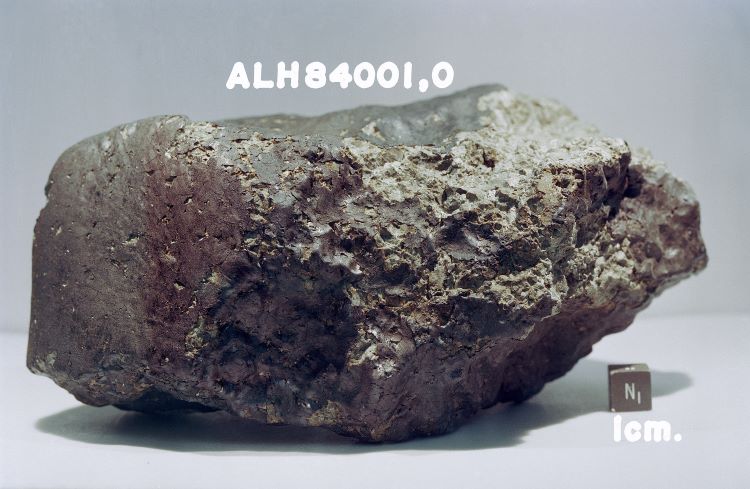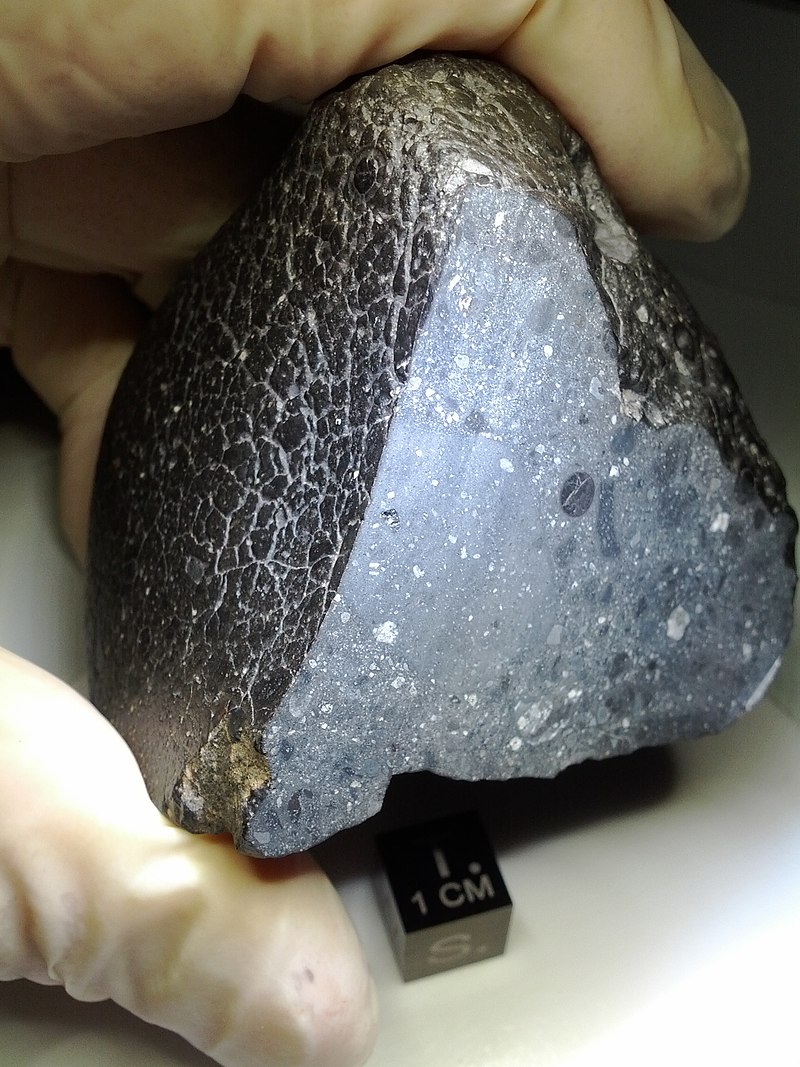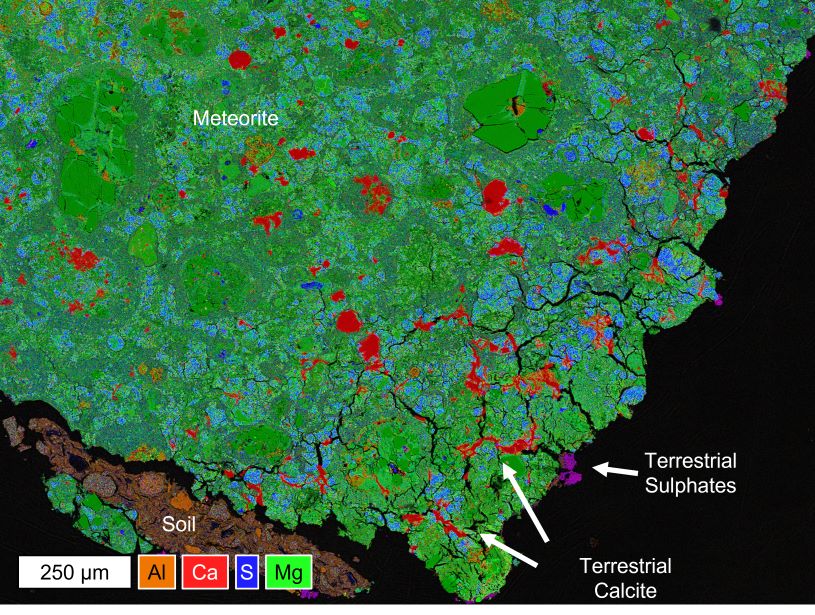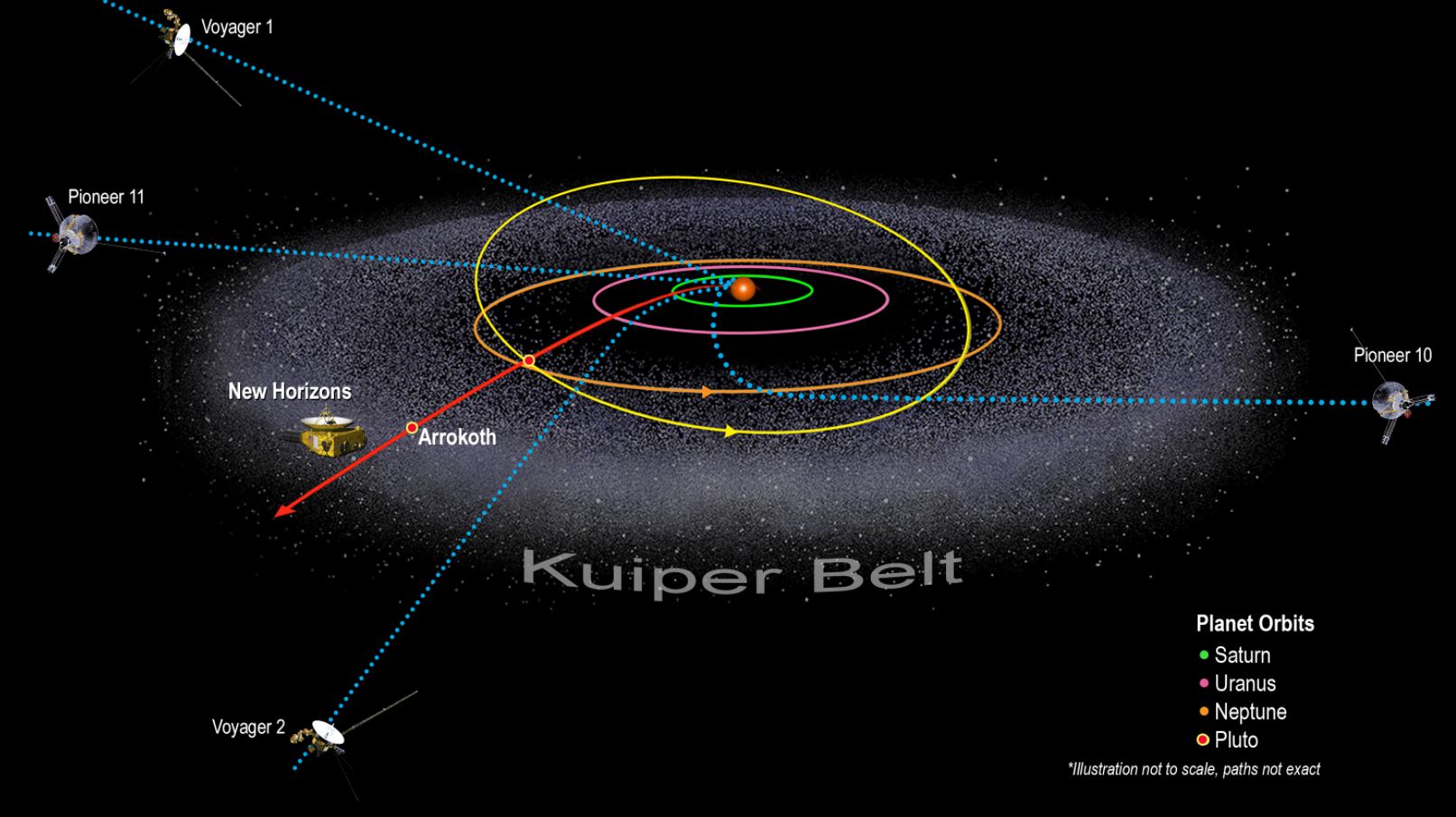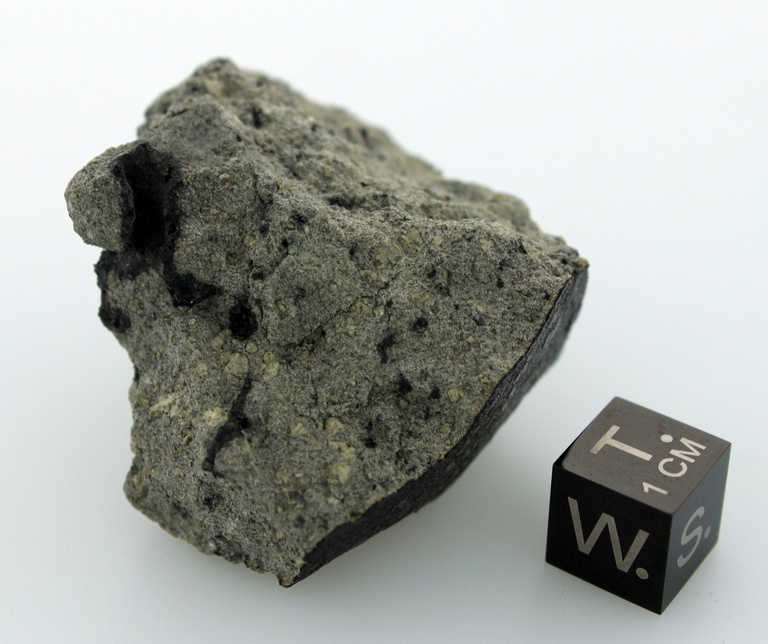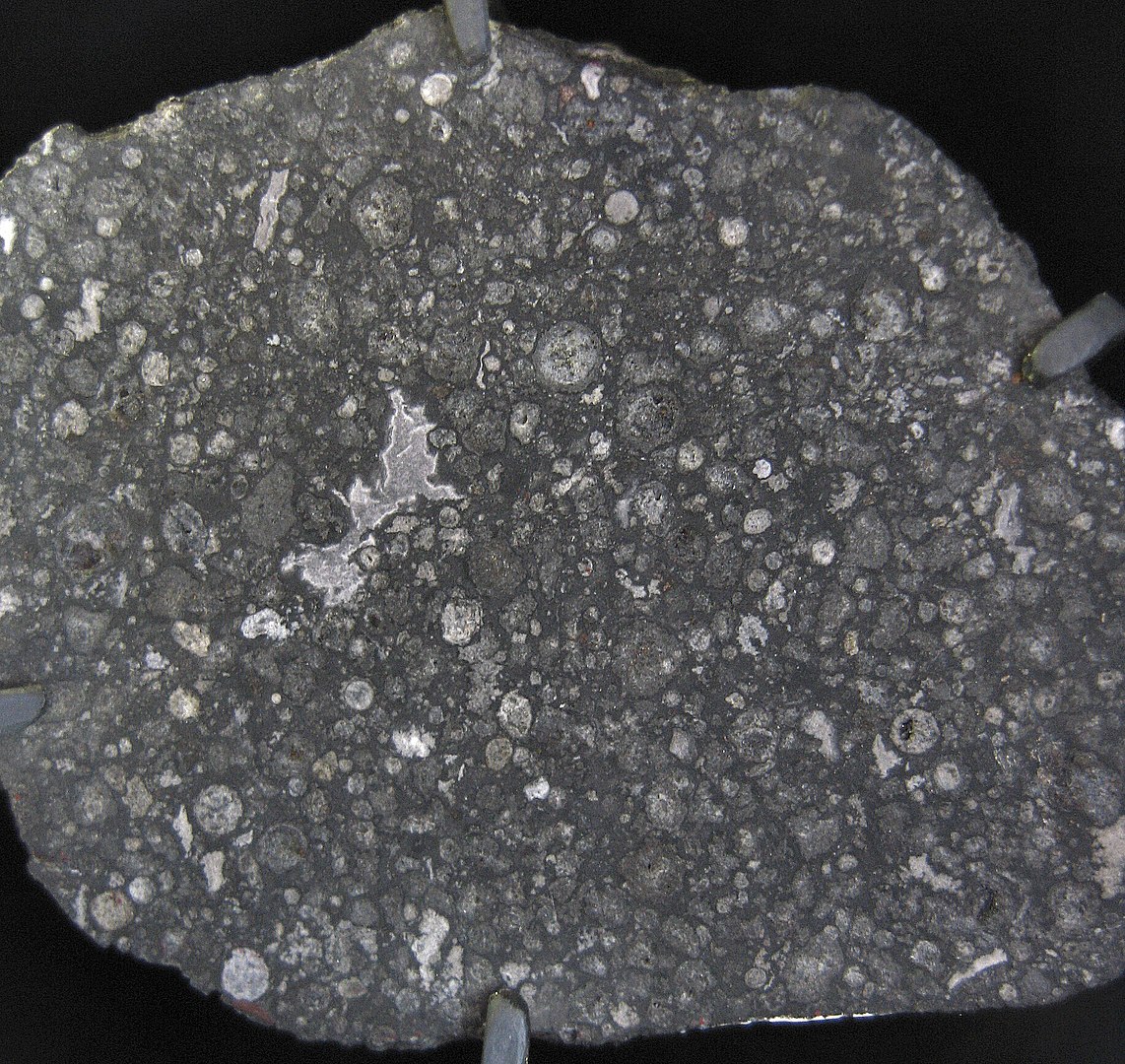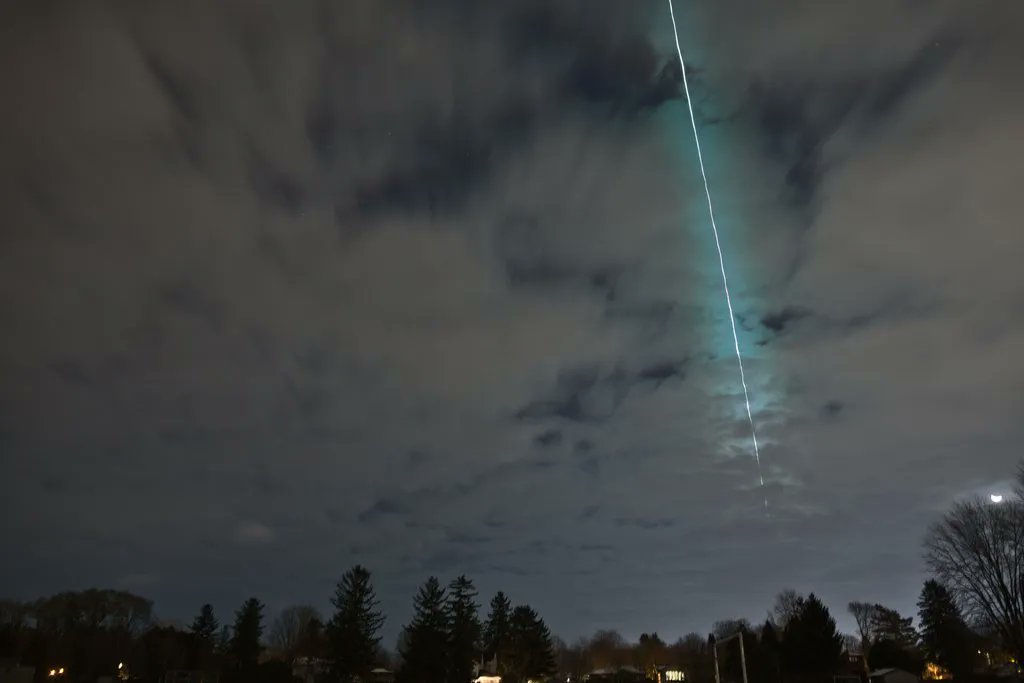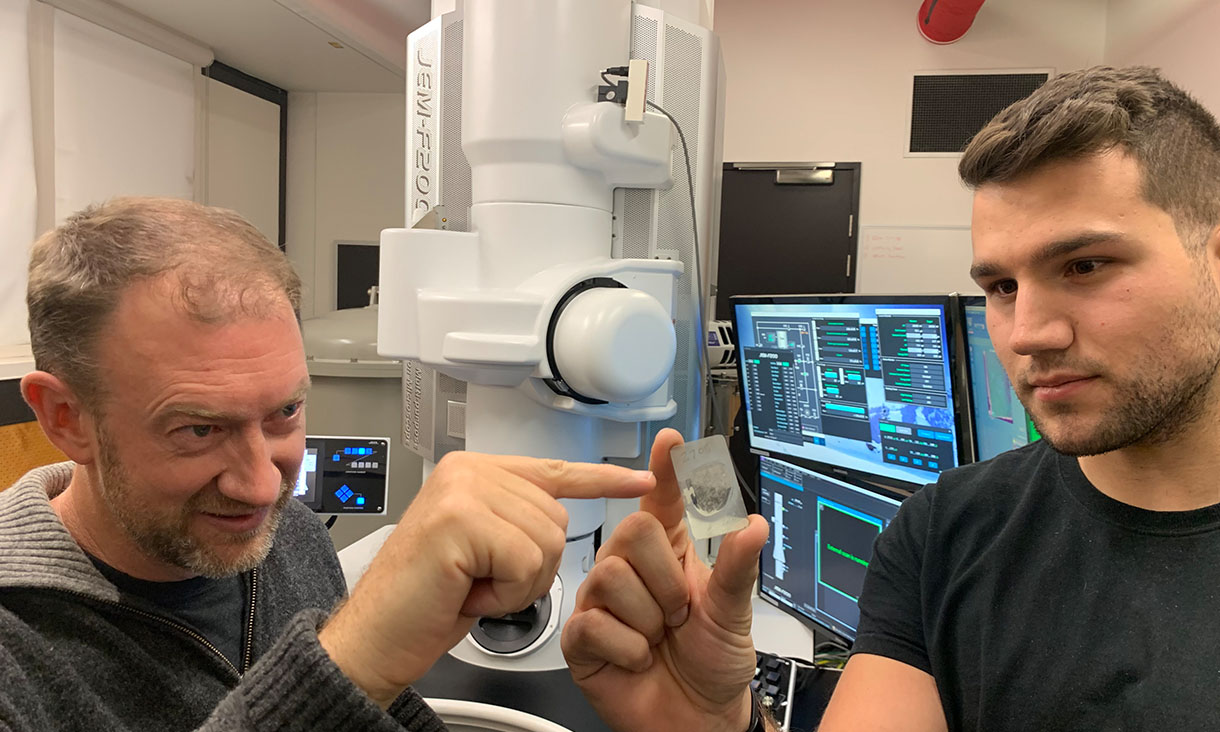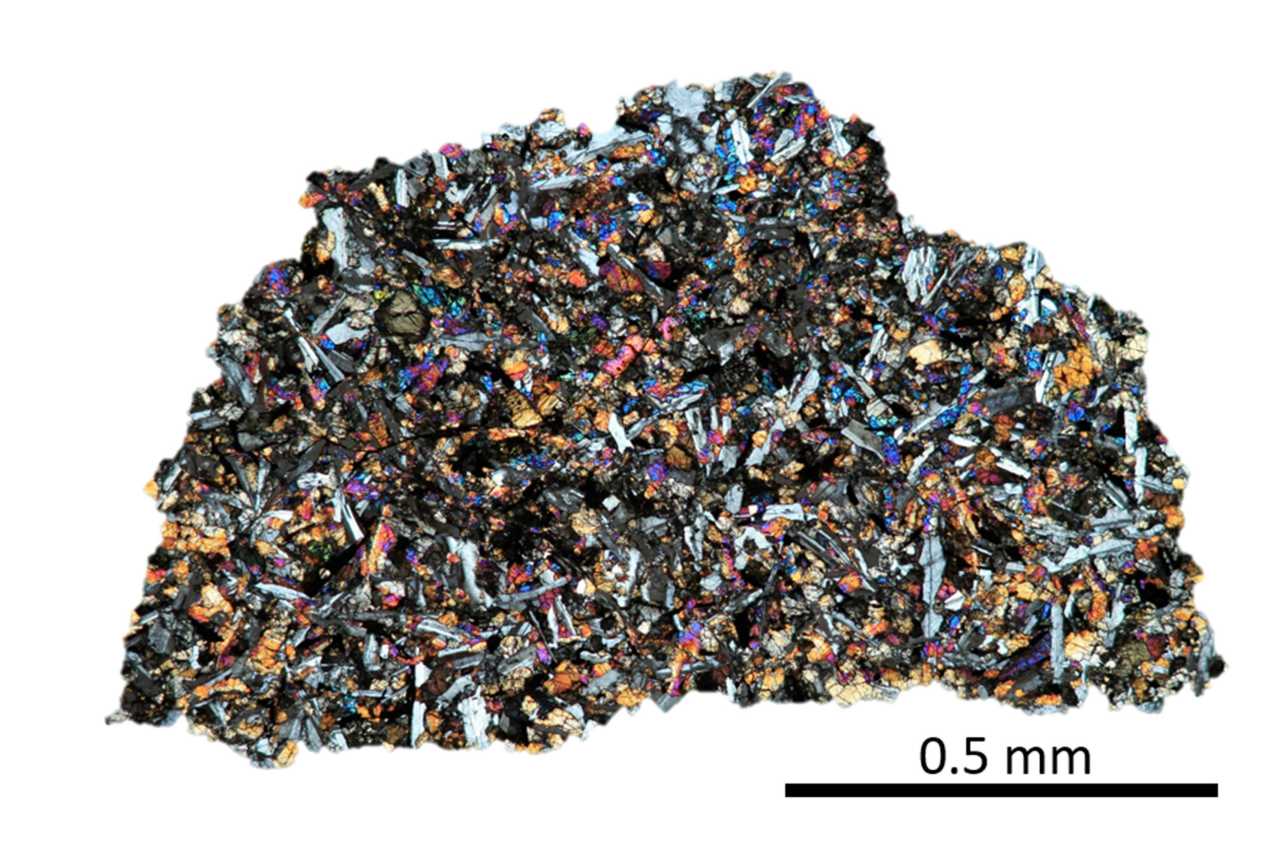Universe Today has explored the importance of studying impact craters, planetary surfaces, exoplanets, astrobiology, solar physics, comets, planetary atmospheres, planetary geophysics, and cosmochemistry, and how this myriad of intricately linked scientific disciplines can assist us in better understanding our place in the cosmos and searching for life beyond Earth. Here, we will discuss the incredible research field of meteorites and how they help researchers better understand the history of both our solar system and the cosmos, including the benefits and challenges, finding life beyond Earth, and potential routes for upcoming students who wish to pursue studying meteorites. So, why is it so important to study meteorites?
Continue reading “Meteorites: Why study them? What can they teach us about finding life beyond Earth?”Meteorites: Why study them? What can they teach us about finding life beyond Earth?
